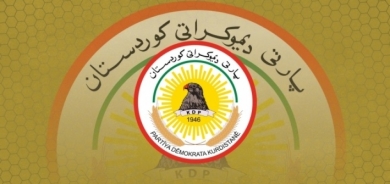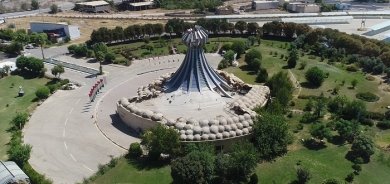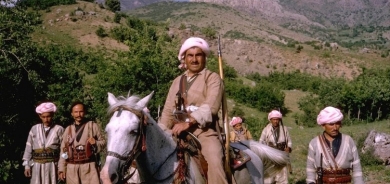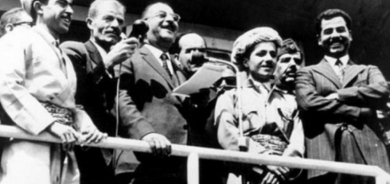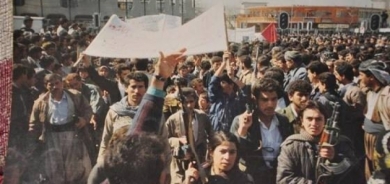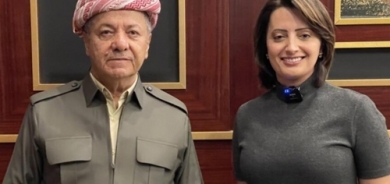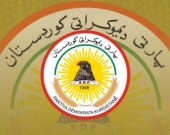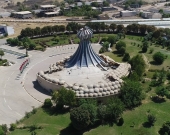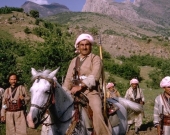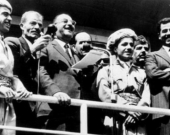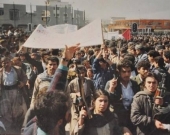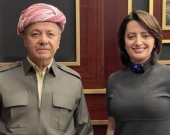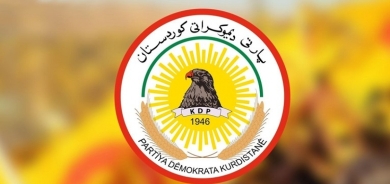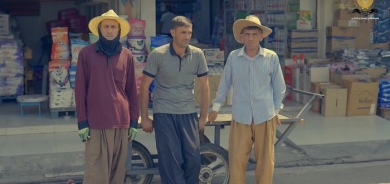Signs of Iranian retrenchment are likely to be overstated
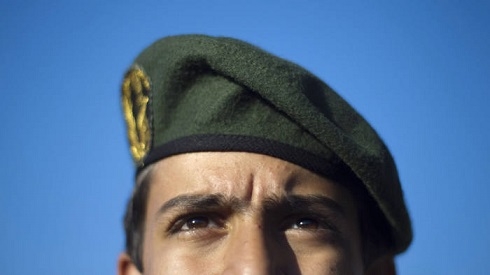
Since the US-led invasion of Iraq in 2003 toppled Saddam Hussein’s Sunni dictatorship and empowered the Shia — a majority in Iraq but a minority in Islam — a whirlwind of sectarian conflicts has changed the regional demography in favour of Arab forces backed by Shia and Persian Iran.
But now there are signs interpreted by some of Iran’s adversaries that it is retrenching. Maybe. But more probably Tehran is trimming its sails to weather a violent political storm.
In 2019, sanctions and an oil embargo, which the US forced its allies to follow, were crippling Iran’s economy. But the theocratic regime believed it could survive this. The hardliners pushed aside pragmatists and seized control, even at the risk of losing legitimacy and dispensing with useful scapegoats for popular disaffection.
This year is a different story, however. The US has tired of playing cat-and-mouse across the region with Iran and its Shia militias. In January, it assassinated the commander of Iran’s Quds Force, Qassem Soleimani. Then came the Covid-19 pandemic — for which Iran is the regional epicentre — and the collapse in the oil market.
All this immeasurably worsens some of Iran’s most acute problems. Last autumn Tehran faced civic uprisings in Iraq and Lebanon. In Iraq, a predominantly Shia population rose up against a state twisted into sectarian and tribal shape by paramilitaries backed by Tehran. In Lebanon, Hizbollah, a politico-military powerhouse created by Iran in 1982, now holds the state in thrall through alliance with Christian and other Shia movements. Last October, Lebanese across all religions rebelled against a political class that has looted the state and finally bankrupted it.
Last year, Tehran could more or less handle this. Governments fell in Beirut and Baghdad but General Soleimani intervened to shape their successors. After his demise, and amid the coronavirus crisis, Tehran is struggling to replace him, much less replicate his winning streak.
Soleimani easily outflanked Iran’s Saudi-led Sunni adversaries on the battlefield with his formula of militias with missiles. But they have foreign exchange reserves to cushion against a deep recession, while Tehran’s allies Iraq, Syria, Lebanon and Yemen have no backstop — nor has Iran.
In Lebanon, a government nominated by Hizbollah and its allies has entered negotiations with the IMF on a rescue programme. Not every day does a Shia Islamist and self-styled Party of God treat (albeit indirectly) with what it regards as an imperial agent of Mammon. But there is a Shia backlash against Hizbollah, says a former minister, for shielding a corrupt kleptocracy.
In Syria, Israeli-inspired reports that Iran is preparing to withdraw look dubious. Tehran last year provided ground troops to retake part of Idlib province in the north-west, the last rebel holdout against Bashar al-Assad’s regime. But Arab sources say Iran is reducing its footprint.
More intriguing is Iraq, where Mustafa al-Kadhimi, the pragmatic new prime minister favoured by the US, has just taken office after a long hiatus without a government. Tehran has evidently overruled opposition from Shia militias.
Yet this sort of sail-trimming will be tested to destruction by the storms of unrest still to come. An average 60 per cent of the Arab world’s population is under 30, resilient in a health emergency but feeling robbed of its future long before it hit. Last year, governments in Algeria and Sudan, mainly Sunni countries, and in Iraq and Lebanon, part of Iran’s Shia axis, were toppled by rebellion.
The young civic insurgents were not interested in Sunni-Shia proxy wars prosecuted by Saudi Arabia and Iran. They were — and remain — inspired by the chance of decent lives and livelihoods.
By David Gardner / Financial Times

